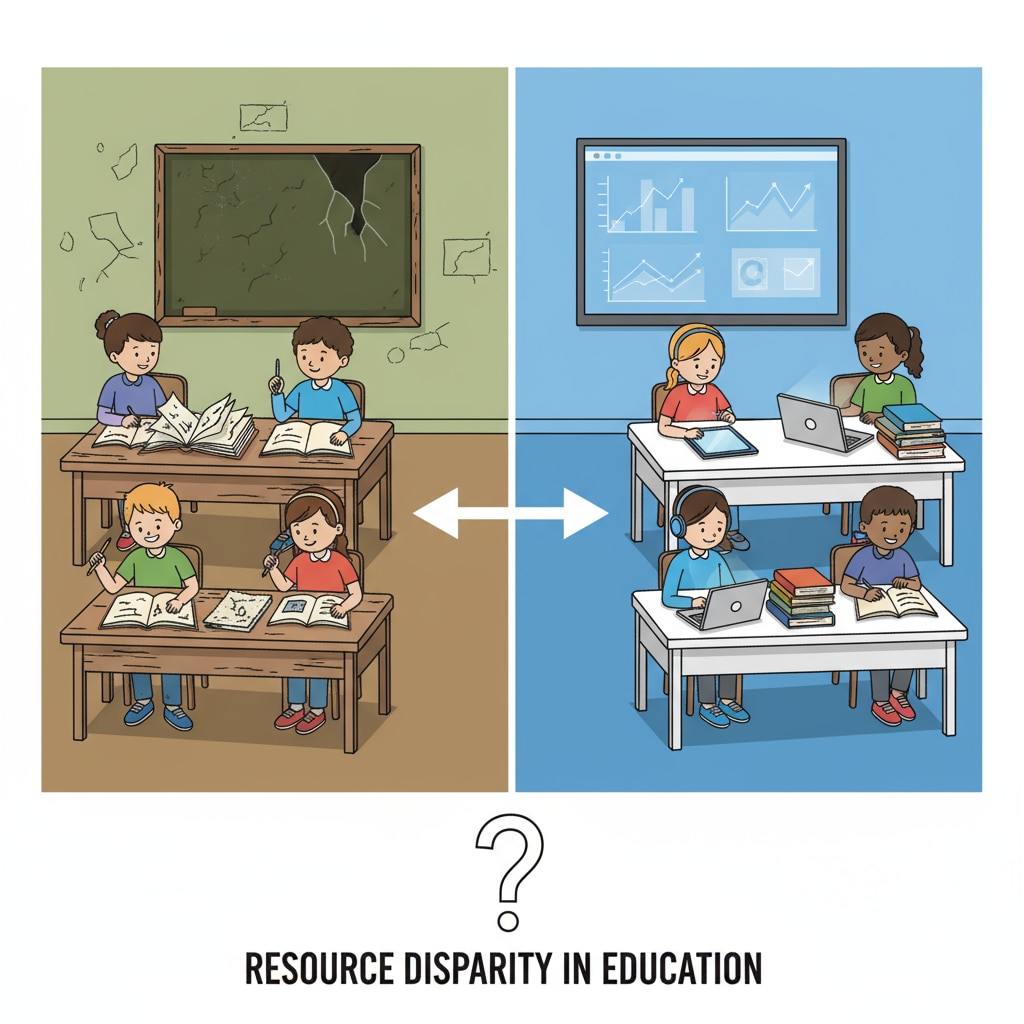The US K12 education system, a cornerstone of American society, has long been under the microscope of those engaged in education system, social strata, school critique. While it is often hailed as a vehicle for equal opportunity and social mobility, a closer look reveals its role as a powerful tool for social class stratification.

The Resource Divide
One of the most blatant ways the US K12 system perpetuates social class differences is through unequal resource distribution. Schools in affluent areas typically receive significantly more funding, which translates into better facilities, smaller class sizes, and access to a wider range of educational resources. For example, a report by Britannica shows that schools in low-income neighborhoods often struggle with outdated textbooks, insufficient technology, and overcrowded classrooms. This resource gap creates a significant disadvantage for students from lower social classes, as they are less likely to receive a high-quality education that can prepare them for future success.
The Hidden Curriculum
Another aspect that contributes to social class stratification is the hidden curriculum within US K12 schools. The hidden curriculum refers to the unwritten rules, values, and norms that students are expected to learn in school. These often reflect the values and behaviors of the dominant social class. For instance, students from lower social classes may find it difficult to adapt to the middle-class norms of behavior, language, and social interaction emphasized in schools. As a result, they may be labeled as “problematic” or “underperforming,” further marginalizing them within the educational system. This phenomenon was also discussed in a comprehensive Wikipedia article on US education.

Standardized assessments are yet another mechanism through which the US K12 system reinforces social class differences. These tests are often designed in a way that favors students from more privileged backgrounds, who typically have access to better test preparation resources and educational support. Students from lower social classes may not have the same opportunities to practice and prepare for these tests, leading to lower scores. This not only affects their academic progression but also their future prospects, as many educational and career opportunities are tied to standardized test results.
In conclusion, the US K12 education system, despite its noble intentions, has become a significant factor in maintaining and even exacerbating social class inequalities. It is high time that we reevaluate our approach to education and take steps to ensure that every student, regardless of their social class, has an equal opportunity to succeed. Through addressing resource disparities, challenging the hidden curriculum, and rethinking standardized assessments, we can move towards a more equitable educational system that truly serves as a ladder for social mobility. This requires a fundamental shift in our understanding of what “education” and “school” mean, and a commitment to breaking down the barriers that have been erected by the current system.
Readability guidance: The article uses short paragraphs and lists to summarize key points. Each H2 section provides a clear set of ideas. The passive voice and long sentences are kept to a minimum, and transition words like “for example,” “as a result,” and “another aspect” are used to enhance readability.


